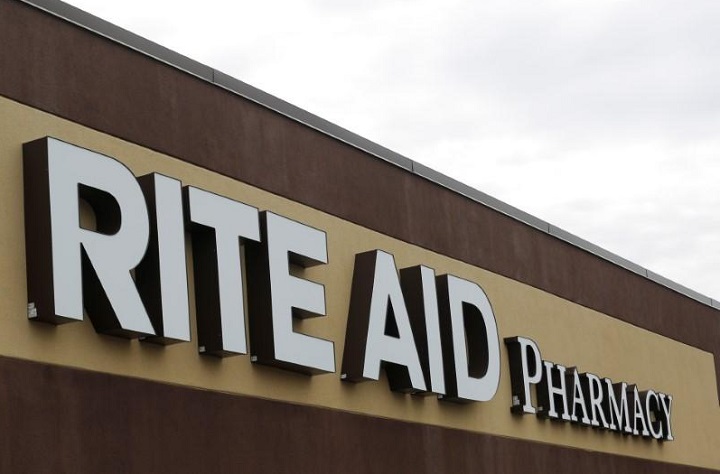The retail industry has been crumbling as of late, and drugstore chain Rite Aid Corp. (NYSE:$RAD) is no exception. It all started after a merger deal with Walgreens Boots Alliance Inc. (NASDAQ:$WBA) fell through on June 29. Simultaneously, the Pennsylvania-based company reported discouraging Q1 fiscal 2018 results and entered into a new deal with Walgreens to sell 2,186 stores to the latter.
Since the announcement, RAD has witnessed a 20% decline. Additionally, Rite Aid has underperformed the Zacks categorized Retail – Pharmacies and Drug Stores sector’s fall of 1.4% in the same period. Looking back, we can see that Rite Aid has fallen as much as 67.4% in the last year, compared with the sector’s fall of 15.7%.
Let’s look a bit deeper and try to get a better grasp on the reasons behind the slump.

What Caused the Decline?
Mentioned previously, Rite Aid and Walgreens ended their long-standing merger agreement after the Federal Trade Commission’s (FTC) closed door meeting on June 28. It was during this meeting that hints were dropped on the minimal chances of the deal being approved.
The agreement between the two companies was announced in October of 2015, and the deal has been awaiting FTC approval ever since. The FTC was mainly concerned with the lack of a strong rival in the drugstore space. Seeing as Walgreens and Rite Aid are the second and third-largest drugstore chains in the United States, the FTC believed that the merger could cause a duopoly, which would result in leaving behind the industry leader (by size) – CVS Health Corporation (NYSE:$CVS). Additionally, Rite Aid’s bleak earnings results during Q1 fiscal 2018 disappointed investors. For the first quarter, Rite Aid posted an adjusted loss of 5 cents per share.
Will the New Deal Provide Some Comfort?
Even though Rite Aid and Walgreens ended the initial merger, the two companies entered into a new deal. Under the terms of the deal, Walgreens will purchase 2,186 Rite Aid stores, associated distribution assets and inventory. This is an all-cash deal and it is expected to end in six months time, on a cash-free and debt-free basis. Aside from this, Rite Aid will get termination charges of $325 million from Walgreens – in cash.
According to management, the new agreement has the potential to place the company as an independent drugstore chain, alongside being a pharmacy benefit manager with control in core markets. Furthermore, Rite Aid plans to use the funds obtained from this deal to pay down a part of its huge debt, which will help to improve leverage levels, ease balance sheets, and improve financial flexibility.
Taking this information into consideration, there is a good chance that this deal will make Rite Aid a smaller, yet stronger firm with less of an exposure to the pressures of the unfavorable pharmacy reimbursement rates.
The Takeaway:
Even though the new deal will act as a breather for Rite Aid, it is unclear as to whether the company will succeed in getting the approval of the FTC. Additionally, if approved, the fate of the company will depend on how Rite Aid revives its troubled income statement and operations as an individual company. As of right now, the company has a Zacks Rank #5 (Strong Sell).
Featured Image: twitter











